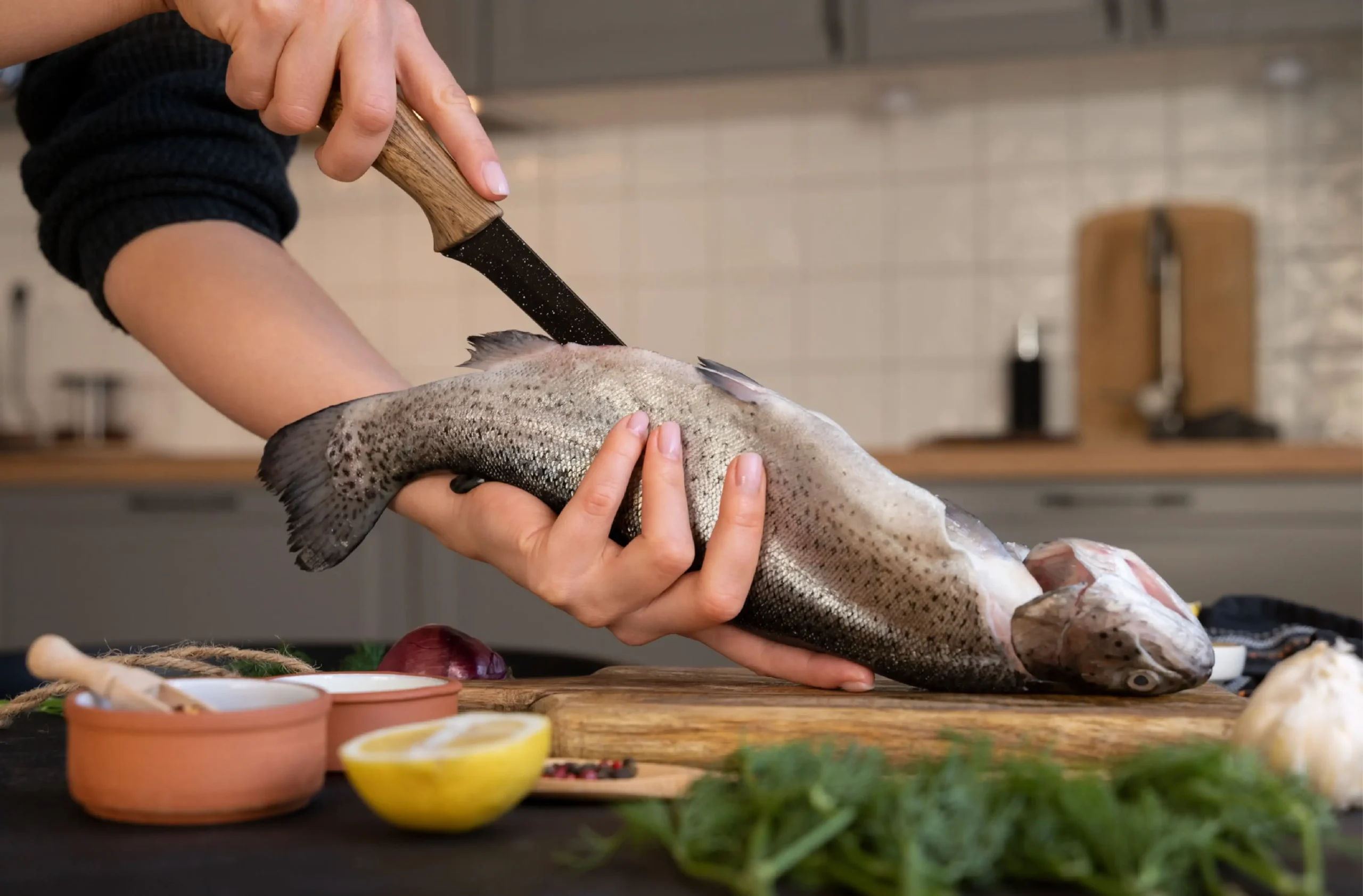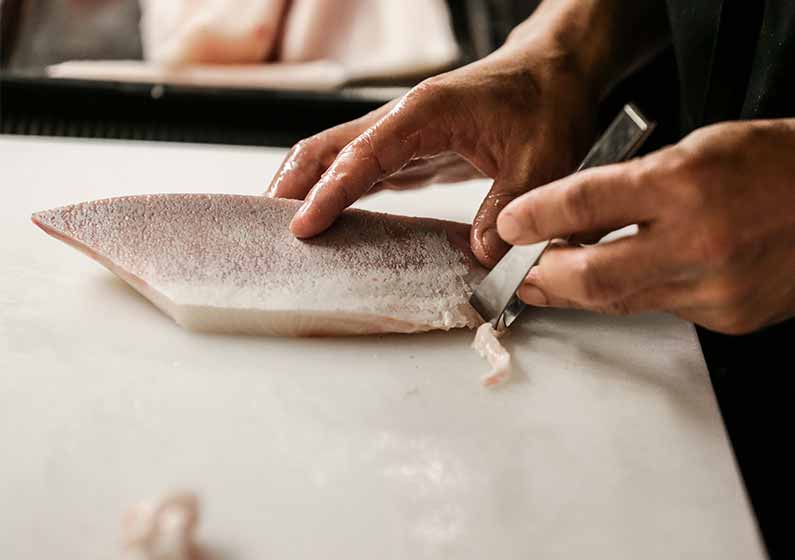10 years of experience as a food machinery equipment manufacturer
10 years of experience as a food machinery equipment manufacturer
Fish graces countless dinner tables worldwide, prized for its versatility, health benefits, and delicate flavors. However, for many aspiring and even experienced home cooks, the prospect of preparing whole fish or fillets containing bones and spines remains a significant deterrent. Understanding the importance of effectively removing these bones transforms fish preparation from a chore into an essential kitchen skill, elevating the dining experience.

Safety stands as the paramount reason for proper deboning. Small, thin fish bones, especially pin bones running along the sides of fillets, pose a genuine choking hazard. These bones can easily go unnoticed during cooking and pose a particular risk to children, the elderly, or anyone enjoying a meal without meticulous caution. Removing them before cooking significantly mitigates this risk, ensuring meals are enjoyed safely by all.
Beyond safety, comfort and dining pleasure are profoundly enhanced. Few culinary experiences are more unpleasant than unexpectedly encountering a sharp bone while savoring a piece of fish. It disrupts the meal, creates anxiety about subsequent bites, and diminishes the overall enjoyment. Removing bones ensures a seamless, pleasurable texture that allows the focus to remain firmly on the fish’s delicate taste and succulence.
Culinary versatility receives a substantial boost. Boneless fish opens doors to countless recipes otherwise inaccessible or unappealing with bones in place. Thinly slicing fish for carpaccio or ceviche becomes feasible. Creating fine fish mousses, dumplings, or delicate fish cakes requires completely boneless flesh. Even dishes where fish is flaked – from salads to tacos to pasta sauces – become infinitely easier and more enjoyable without the need for constant vigilance against bones.
Mastering deboning techniques also leads to better economic choices. Purchasing whole fish is often significantly cheaper than pre-filleted or boneless options. Learning to efficiently process a whole fish into clean, boneless fillets empowers home cooks to access fresher, higher-quality fish at a lower cost. It also reduces waste, as one learns to utilize more of the fish effectively.
Essential tools make the process manageable:
For Whole Fish: The process typically involves gutting, removing the head if desired, making an incision along the backbone from head to tail, then carefully slicing the fillet away from the ribs and backbone, keeping the knife angled slightly downward. The process is repeated on the other side.
For Fillets (Removing Pin Bones): After filleting a whole fish or purchasing a skin-on fillet, run your fingers lightly along the thickest part of the fillet, usually about halfway between the top and bottom edges. Pin bones protrude slightly upward. Using tweezers, grip each bone firmly at its base and pull it out in the direction it’s pointing (usually towards the head end). Proper lighting helps immensely in spotting them.
With practice, the process becomes quicker and more intuitive. Many resources exist to demonstrate these skills visually. The key is starting with the right tools and fresh fish – firm flesh makes bone removal easier.
The result is unequivocally superior. Deboned fish cooks more evenly, presents beautifully on the plate, and delivers consistent quality in every bite. It transforms fish from a food approached with caution to a readily accessible, delicious protein.
While pre-processed boneless fish offers convenience, developing the competence to remove bones and spines at home is an empowering and truly valuable culinary fundamental. It enhances safety, maximizes comfort, broadens recipe horizons, offers economic advantages, and ultimately leads to a significantly more enjoyable and professional experience of preparing and consuming fish. Investing time in learning these skills elevates the home cook’s repertoire substantially.

